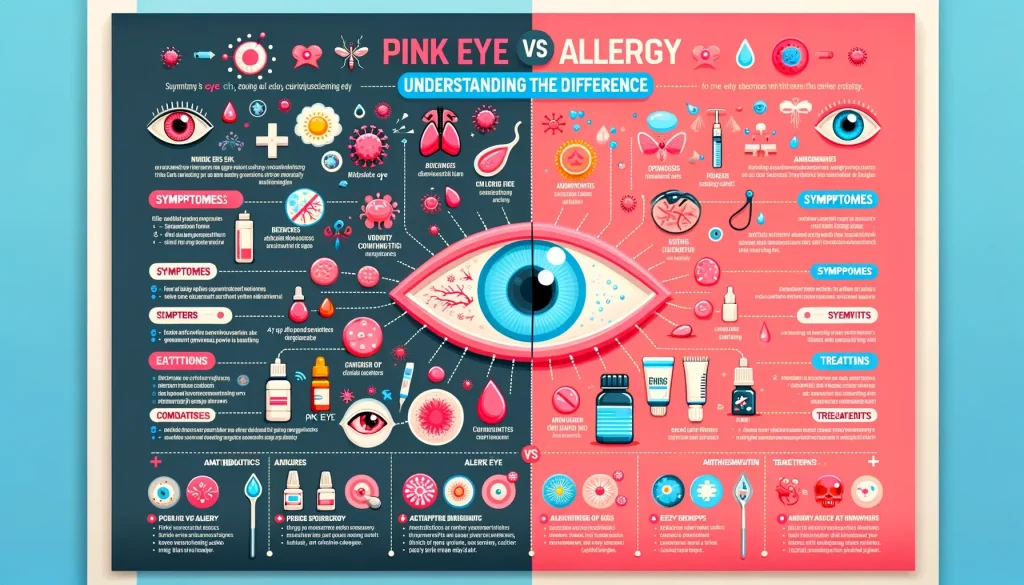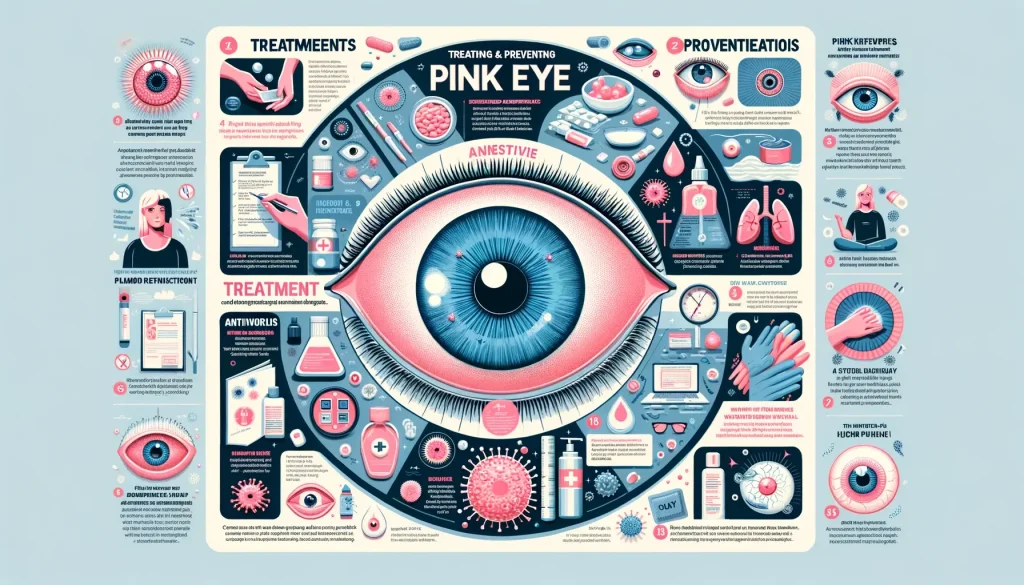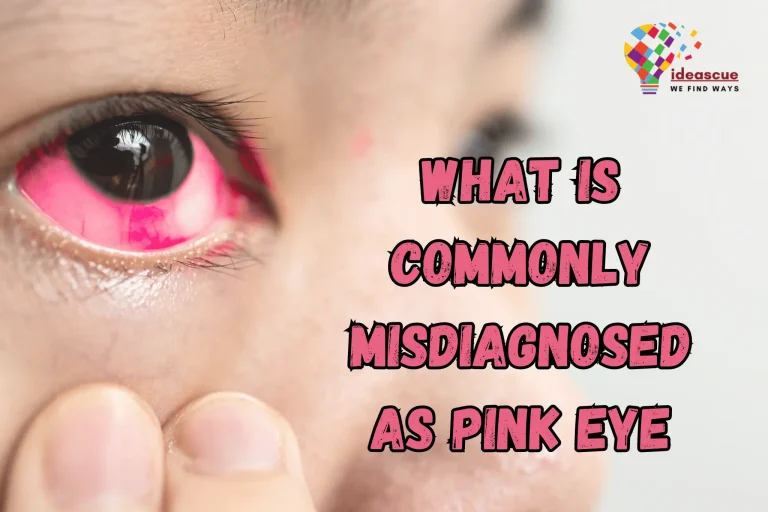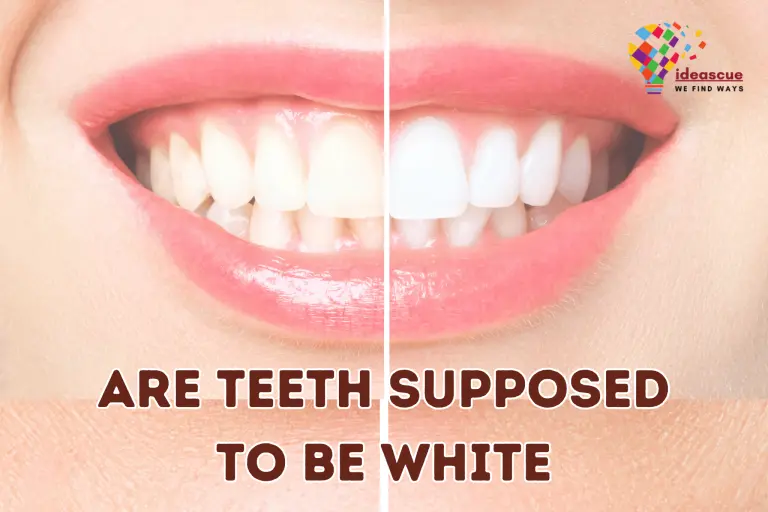Do I have pink eye or an allergy? How to tell the difference? – Quiz
Intro:
Pink eye, commonly known as conjunctivitis, frequently affects many. Yet, several eye conditions can closely mirror its symptoms. Recognizing the differences is crucial for targeted treatment. Proper diagnosis can prevent complications and discomfort. Below, you can conduct the Do I Have Pink Eye quiz and identify your problem easily.

What is Pink Eye?
Pink eye, medically known as conjunctivitis, refers to the inflammation of the conjunctiva, the transparent tissue covering the white part of the eye and the inner eyelid.
It results in redness and swelling and can be caused by various factors, including infections, inflammation in eye blood vessels, allergies, or irritants. Identifying its type and cause is essential for appropriate treatment. Proper hygiene can help prevent its spread.
What are Eye Allergies?
Eye allergies are reactions to irritants like pollen, dust, or pet dander. They lead to symptoms such as itching, redness, and tearing. Often, these allergies coincide with other allergic responses like sneezing or a runny nose. Proper diagnosis and treatment can help alleviate the discomfort.
Allergies or Pink Eye?
Distinguishing between pink eye and allergies is vital, as they present similar symptoms but have different causes and treatments. While pink eye, or conjunctivitis, results from an infection, allergies arise due to exposure to allergens. Accurate diagnosis ensures appropriate care and prevents unnecessary complications.
Allergic Conjunctivitis:
As a result of exposure to allergens like pollen, allergic conjunctivitis manifests as red, itchy, and watery eyes. It’s non-contagious and often appears alongside other allergy symptoms.
Viral Conjunctivitis:
Originating from viral infections, this form showcases redness, itching, and a watery discharge. Highly contagious, it often coincides with colds or upper respiratory infections.
Bacterial Conjunctivitis:
Arising from bacterial agents, it presents with a sticky yellow or greenish eye discharge. The eyelids may stick together, especially in the morning, and the condition is contagious.
Chemical Conjunctivitis:
Exposure to irritants like fumes or chemicals triggers this type. Immediate symptoms include redness and burning. Flushing the eyes with water upon exposure can mitigate severity.
How Do You Get Pink Eye?
Pink eye, or conjunctivitis, can be contracted in several ways. Commonly, it results from bacterial or viral infections, often spread through direct contact or via shared objects. Airborne allergens or chemical irritants can also trigger the condition, emphasizing the need for hygiene and caution in diverse environments.
Pink Eye Symptoms:
Viral pink eye, caused by a virus or bacteria, medically known as conjunctivitis, presents a range of distinct symptoms. Recognizing these signs early can aid in prompt diagnosis and treatment, ensuring minimal discomfort and preventing further complications. Some known symptoms of Pink Eye are:
- Redness in the white of the eye or inner eyelid.
- An increase in tear production.
- A thick yellow discharge that crusts over the eyelashes, especially after sleep.
- Itchy or burning eyes.
- Slight blurring of vision.
- Sensitivity to light.
Is Pink Eye Contagious?
Pink eye, specifically when caused by bacterial or viral agents, is highly contagious. Quick transmission occurs through direct contact or sharing personal items. However, conjunctivitis stemming from allergies or chemical reactions is not contagious. Here’s how pink eye spreads from one person to another.
- Direct contact with an infected individual can spread the condition.
- Sharing items like towels or makeup enhances the risk.
- Touching the eyes and then surfaces can leave contagious residues.
- Viral and bacterial forms are contagious; allergic and chemical conditions are not.
Pink Eye vs Dry Eye vs Eye Allergies Quiz [TABLE]
If you are confused whether it is pink eye or dry eye, then here is a small but simple quiz you can try and find out the answer.
| Quiz | Allergic Eyes | Pink Eyes | Dry Eyes |
| Are both eyes red? | Both eyes can become red in response to allergens. | Pink eye, especially when viral, often starts in one eye and can spread to the other. | Dry eyes can lead to redness, but usually in response to environmental factors or underlying conditions. |
| Do your eyes feel itchy? | Itchiness is a hallmark symptom of allergic reactions. | Pink eye can cause some itchiness, especially if it is viral. | Dry eyes might cause a gritty or scratchy feeling, but not typically itchiness. |
| Do you have swollen, puffy eyelids? | Allergies can cause swelling and puffiness of the eyelids due to inflammation. | Some cases of pink eye, particularly bacterial, can result in swollen eyelids. | Dry eyes don’t typically cause swollen eyelids; however, the eyes might feel heavy. |
| Are you sneezing or have a sore throat? | Sneezing is associated with systemic allergic reactions; a sore throat can accompany other allergy symptoms. | A sore throat can be present if the pink eye is viral in origin due to a respiratory infection. | Dry eyes are typically not associated with sneezing or a sore throat. |
| Is your nose running? | A runny nose often indicates allergies, particularly when accompanied by red eyes. | If your nose is not running, then it is likely that the cause is viral or bacterial infection. | A running nose is not related to the condition of dry eyes. |
How to Treat and Prevent Pink Eye?

Treatment for pink eye varies based on its cause. For bacterial infections, antibiotic eye drops are prescribed, while antihistamines address allergic reactions.
Treatment for Pink Eye:
- Doctors may recommend antibiotic eye drops for bacterial infections.
- Antihistamines for allergic reactions.
- Avoidance of allergens to prevent allergic conjunctivitis.
- Lubricating eye drops for viral and dry-eye-related cases.
- Cold or warm compresses to alleviate discomfort and swelling.
- Discontinue contact lens use until fully healed.
- Over-the-counter pain relievers to manage discomfort.
Prevention of Pink Eye:
- Refrain from touching your eyes too much.
- Regular and thorough handwashing.
- Avoid touching eyes, especially with unwashed hands.
- Do not share personal items such as towels, makeup, or eye drops.
- Change pillowcases and bed linens frequently.
- Discontinue wearing contact lenses if experiencing eye irritation.
- Stay away from individuals with contagious forms of conjunctivitis.
FAQs:
Conclusion:
Accurate diagnosis of pink eye is crucial to ensure proper treatment and prevent complications. While many conditions mimic their symptoms, understanding the nuances between each type can guide appropriate care.
With many conditions resembling its symptoms, quizzes like the Do I have pink eye quiz can offer clarity. Understanding these differences ensures not only effective care but also helps in preventing its spread.






